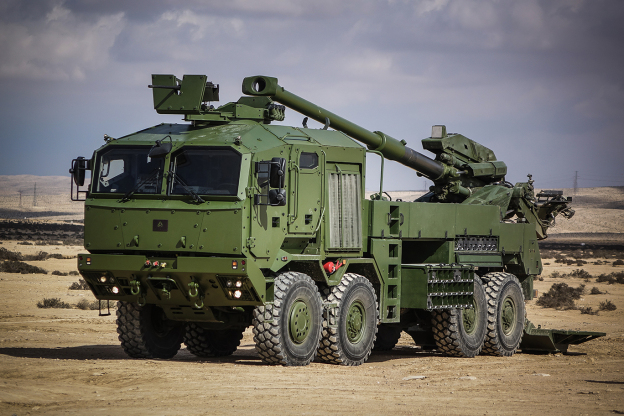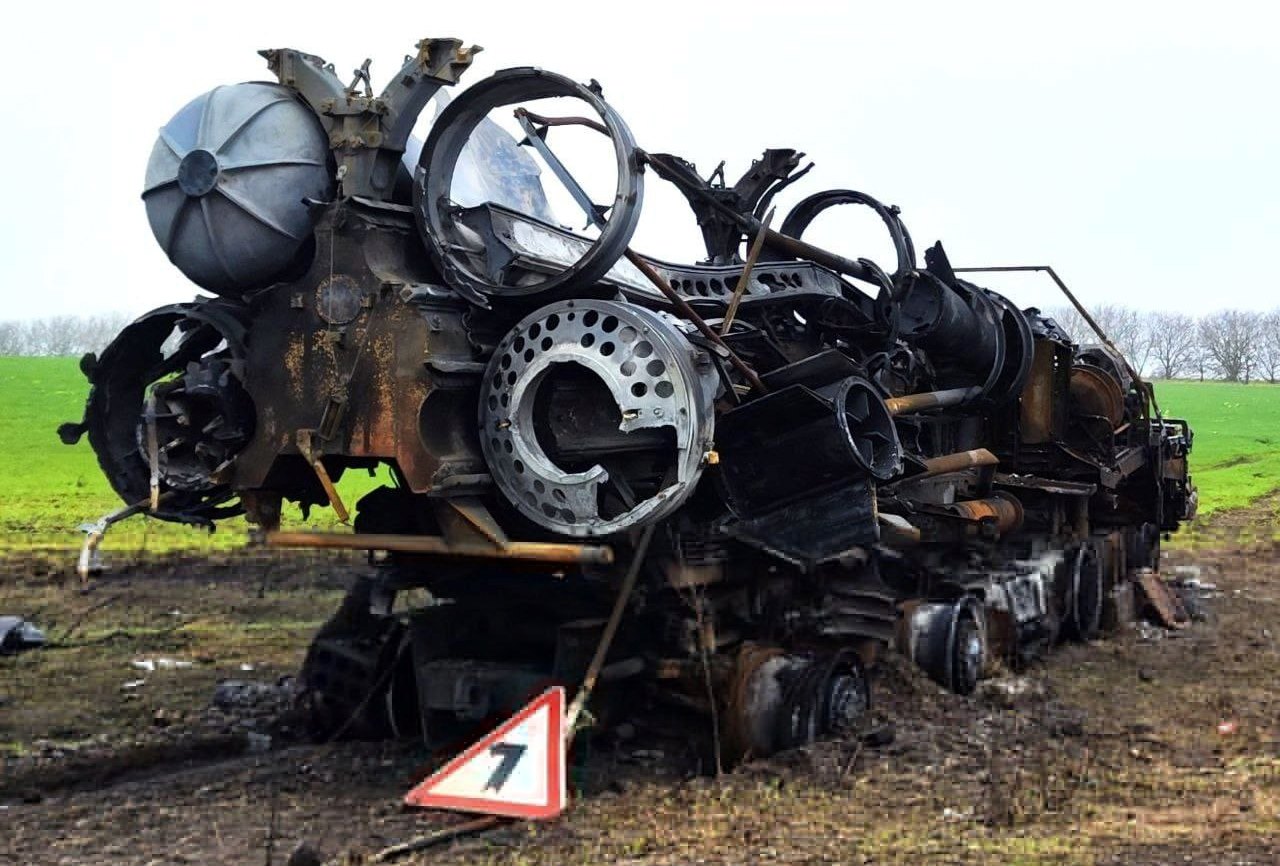The USS Helena, a high-speed attack submarine, has docked at Guantanamo Bay, as announced by the U.S. Southern Command on the social network X. This move coincides with Russian Navy ships visiting Cuba.
“The fast attack submarine USS Helena is currently at Guantanamo Bay as part of a routine visit. This area falls within the U.S. Southern Command’s jurisdiction. […] The location and transit of the ship were planned in advance,” states the official release.
However, the Associated Press suggests that the USS Helena’s arrival serves as a “show of force” amid the Russian warships’ presence. Additional US Navy ships are monitoring the Russian vessels, which, according to Pentagon officials, do not pose a threat to the United States.
On June 12, the Russian Ministry of Defense announced that its naval fleet, including the frigate “Admiral Gorshkov,” the nuclear-powered submarine “Kazan,” the medium sea tanker “Akademik Pashin,” and the rescue tug “Nikolay Chiker,” had completed high-precision weapons exercises and arrived at the port of Havana. These vessels will remain in Havana until June 17.
Social media buzzed with the phrase “The hunt is on!” alongside screenshots from global air traffic monitoring apps, highlighting areas off the southern coast of the United States. Following the arrival of the Russian Northern Fleet in Cuba, the U.S. Navy deployed P-8 Poseidon “submarine hunter” aircraft on June 10 and 11 to search for a rogue Russian submarine reportedly 66 miles off the coast of Florida.
American experts noted close cooperation with the Royal Canadian Navy in search operations, with Ottawa deploying Lockheed P-3 Orion aircraft to complement the American P-8 Poseidons. Screenshots from air traffic tracking apps revealed these planes circling within a specific quadrant, conducting search missions. Official details on the outcome of this Canadian-American naval search are still pending.
The USS Helena [SSN-725], a Los Angeles-class nuclear-powered attack submarine, has been in service since 1987. It measures 360 feet in length, 33 feet in beam width, and has a draft of approximately 32 feet. Powered by a single S6G nuclear reactor, the USS Helena can achieve submerged speeds of over 25 knots. The submarine's crew consists of about 140 individuals, including officers and enlisted sailors.
The USS Helena features advanced systems for detection, navigation, electronic warfare, and communication. Its firepower includes 12 vertical launch system [VLS] tubes for Tomahawk cruise missiles and four 21-inch [533 mm] torpedo tubes capable of firing Mk-48 torpedoes. The submarine's nuclear propulsion provides a virtually unlimited operational range, limited primarily by factors such as food supplies and crew endurance.
Meanwhile, a Canadian navy patrol ship, the Margaret Brooke, arrived in Havana on Friday, just hours after the USS Helena docked at Guantanamo. This convergence of Russian, Canadian, and U.S. vessels in Cuba—located just 160 km (100 miles) from Florida—recalls Cold War tensions and highlights current strained ties over the Ukraine war. However, both the U.S. and Cuba have stated that the Russian warships pose no threat to the region, with Russia describing their arrival as routine.
The Admiral Gorshkov frigate and the nuclear-powered submarine Kazan, part of Russia's naval fleet, arrived in Havana harbor on Wednesday after conducting missile training in the Atlantic Ocean. Canada’s Margaret Brooke patrol vessel began maneuvers in Havana harbor, with Canadian officials describing the visit as routine and unrelated to the Russian ships' presence.
Russian Foreign Ministry spokeswoman Maria Zakharova questioned the West’s concern over the warships, noting that diplomatic signals from Russia often go unnoticed by Western nations.
The Russian warships are expected to remain in Havana harbor until June 17.


:quality(70)/cloudfront-us-east-1.images.arcpublishing.com/archetype/RD27T4ZMX5EGJFZXTDK3XNL4AY.jpg)
:quality(70)/cloudfront-us-east-1.images.arcpublishing.com/archetype/ZIDZWGSKMRFBJM5X2IEVVU2FDU.jpg)



